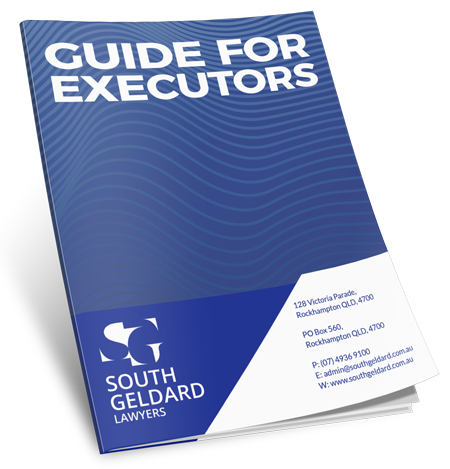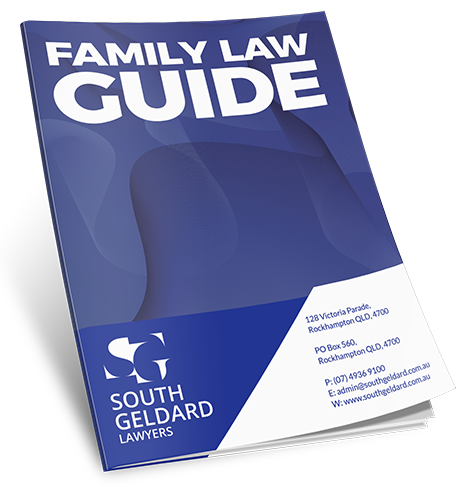Last year, the Queensland Parliament created new laws to address concerns about the labour hire industry. These laws (the labour hire licensing regime) took effect on 16 April 2018 when the Labour Hire Licensing Act 2017 (QLD) (the Act) and the Labour Hire Licensing Regulation 2017 (the Regulation) commenced. The labour hire licensing regime imposes certain licensing requirements that subjects some – but not all – labour hire services providers to greater scrutiny and significant consequences for lack of compliance.
Overview
The labour hire licensing regime now requires:
- labour hire providers must be licensed;
- if you engage labour hire services, you can only engage licensed providers;
- labour hire providers must meet a “fit and proper person” test;
- six monthly reporting by labour hire providers;
- breaches attract penalties of up to $378,000 (for corporations).
Existing labour hire providers had until 15 June 2018 to apply for a licence and to continue operating. If you missed that deadline, you cannot continue to provide labour hire services until a licence has been granted.
Key Terms
To understand if – or how – the new laws affect you, it is important to know how some key terms are legally defined under the Act and the Regulation.
A “labour hire services” provider is someone who – as part of his or her routine business activities – supplies a worker to someone else to do work. The provider can supply the worker to the other party directly, or through one or more go-betweens.
A “worker” is defined in the Act as someone who “enters into an arrangement with a labour hire provider,” and, under that arrangement, the provider can supply that person to someone else to do work, and the provider must pay the worker for the work.
Are There Exemptions?
That being said, the Regulation provides that some workers are excluded from this definition. These exemptions are based on factors including, but not limited to, income and the specific type of work arrangement, such as:
- high income earners;
- some internal labour hire arrangements between different entities forming the same business;
- some temporary in-house arrangements such as secondments or consultancies;
- a worker who is also the director of the business and the only individual supplied by the company;
Who Does it Apply to?
The definitions in the Act are very broad and the new licensing requirements are likely to apply to you if you engage in:
- the provision of traditional labour hire services on an “arms-length” basis;
- any other labour hire arrangements in which workers don’t meet the criteria for exemption.
Should I Apply for a Licence?
If you are at all unsure whether the new laws apply to you, we are well-versed in this area of law and can thoroughly assess your situation and provide relevant advice.
If it turns out that you are providing labour hire services which are caught by the labour hire licensing regime, you must apply for a license if you haven’t already done so.
What Information do I Need to Provide?
Along with your application for a labour hire license, you must provide details of:
- financial documents related to your business
- any work health and safety violations and enforceable undertakings, and workers’ compensation obligations;
- other licences or permits you hold that allow you to conduct your business;
- migration issues;
- convictions for serious criminal offences, as well as other offences against certain laws;
- discrimination and sexual harassment matters;
- the parts of Queensland in which you provide or plan to provide labour hire services;
- the industries to which you provide, or intend to provide, labour hire services.
Application Fee and Maintaining My Licence
Your application must be accompanied by an application fee, which will range from $1,000 to $5,000 depending on total wages paid in the most recent financial year prior to submission of the application, or projected wages for the current and next financial years.
Licences are issued for one year and may require that you meet certain conditions.
Once you are granted a labour hire licence, you must provide six-monthly reports on:
- the number of workers you provided;
- the arrangements between you and the workers;
- the type of work done;
- where the work was done;
- any disciplinary or enforcement actions taken against you; and
- the number of reportable accidents and workers’ compensation cases involving your business.
Third parties will be able to access the information supplied by you (and other licensed providers) on a free online labour hire register designed to provide greater insight into issues of concern.
Where to Now?
The labour hire licensing regime also applies to you if you own or are otherwise involved in a business that uses workers supplied by labour hire services providers. You are prohibited from using unlicensed labour hire services and it is your responsibility to verify that the provider you deal with is licensed.
There are significant consequences for failing to comply with the new laws and penalties of up to $378,000 apply for breaches by corporations.
For more information about how you may be affected by the labour hire licensing regime, contact our Rockhampton Solicitors today.
It is important to seek specific advice regarding your circumstances as this fact sheet provides general information only and does not constitute legal advice.


